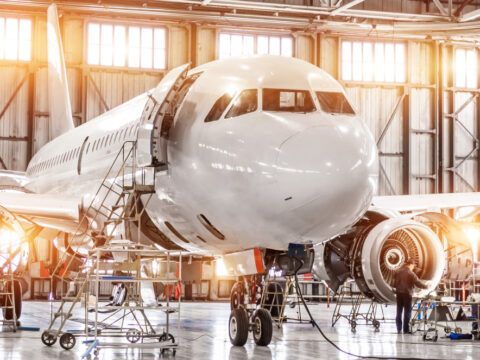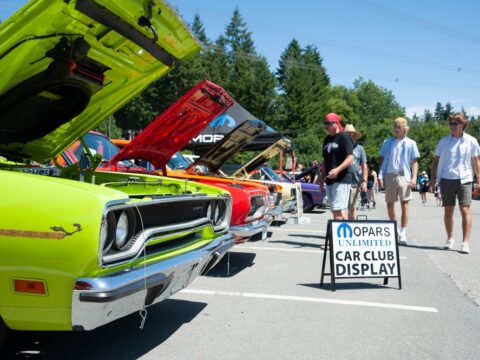Staying safe on the road is crucial for every driver. While we often hear about basic driving rules, there are many lesser-known tips that can make a big difference. We’ve gathered insights from top auto safety experts to bring you 18 essential tips that every driver should know. These tips will help you drive smarter and safer every day.
Contents
Buckle Up
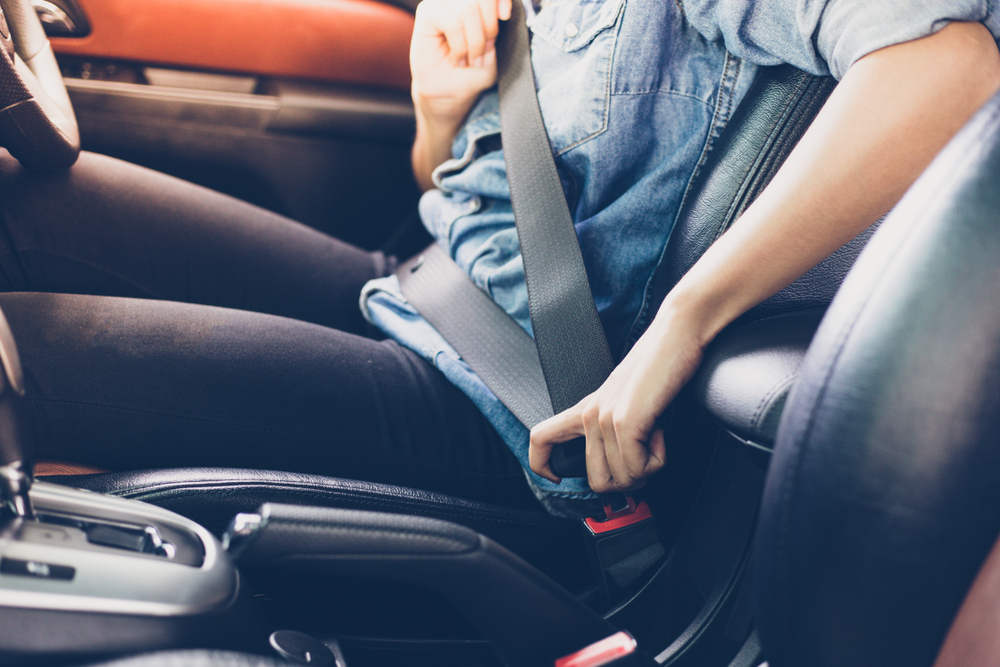
Wearing your seatbelt is the most effective way to protect yourself in a crash. Seatbelts keep you secure in your seat, preventing you from being thrown around the vehicle or ejected during a collision. They distribute the force of the impact across the stronger parts of your body, reducing the risk of serious injury. Ensuring all passengers are buckled up also protects them and prevents them from becoming dangerous projectiles in an accident.
Avoid Distractions
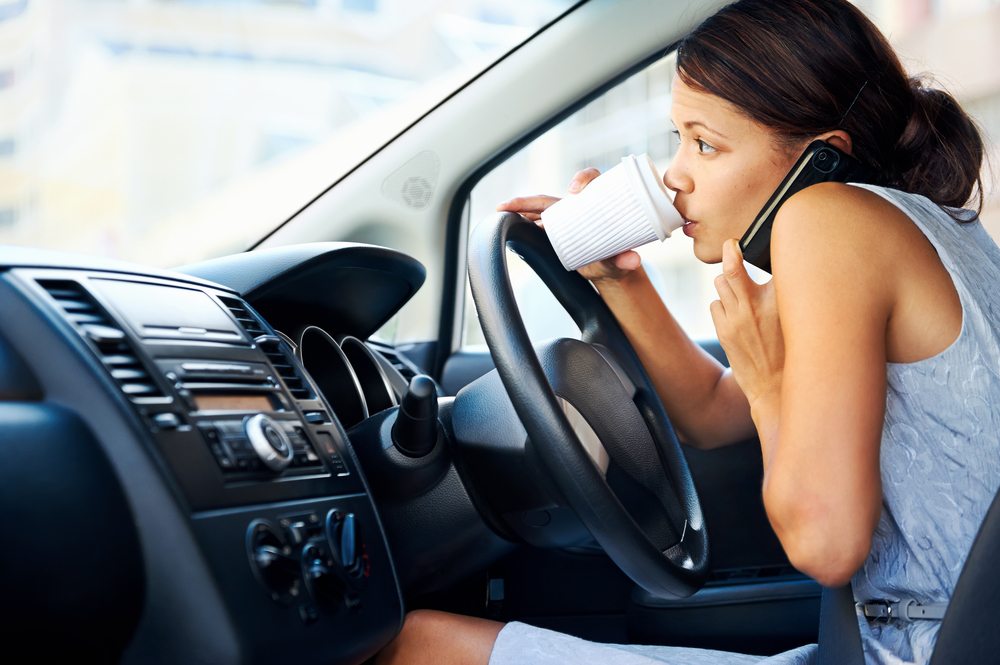
Distracted driving is a leading cause of accidents. Activities like texting, eating, or fiddling with the radio take your attention away from the road. Even a momentary distraction can lead to devastating consequences. Keeping your focus on driving allows you to react quickly to sudden changes, such as a pedestrian stepping onto the road or another car braking unexpectedly.
Follow Speed Limits
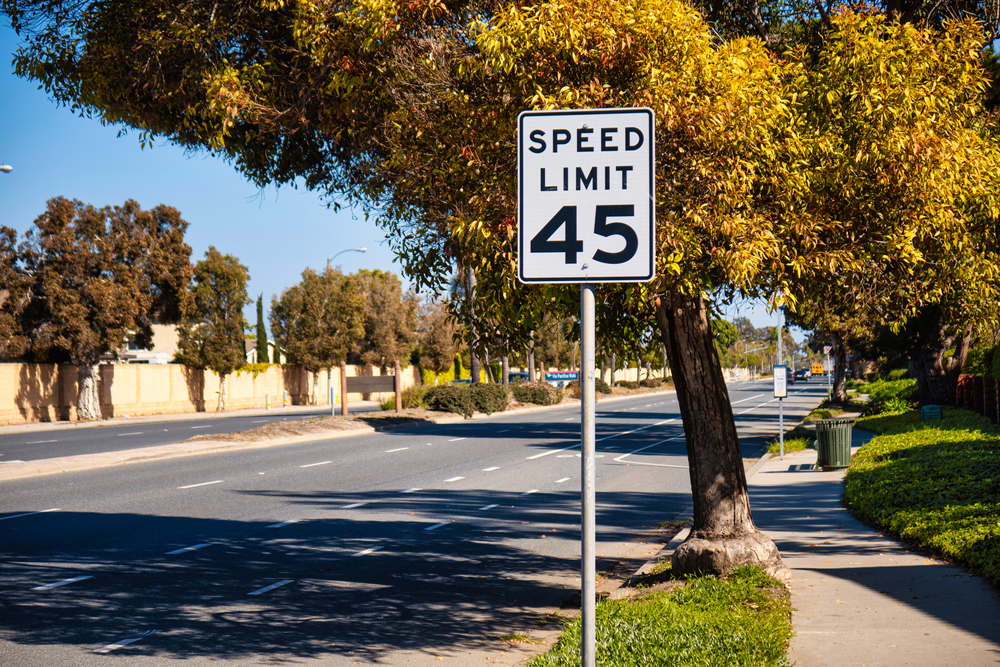
Speed limits are set based on road conditions, traffic, and the likelihood of accidents. Adhering to these limits ensures you have enough time to react to potential hazards. Driving too fast reduces your ability to maneuver safely and extends the distance needed to stop your vehicle. By following speed limits, you contribute to a safer driving environment for everyone.
Maintain a Safe Following Distance
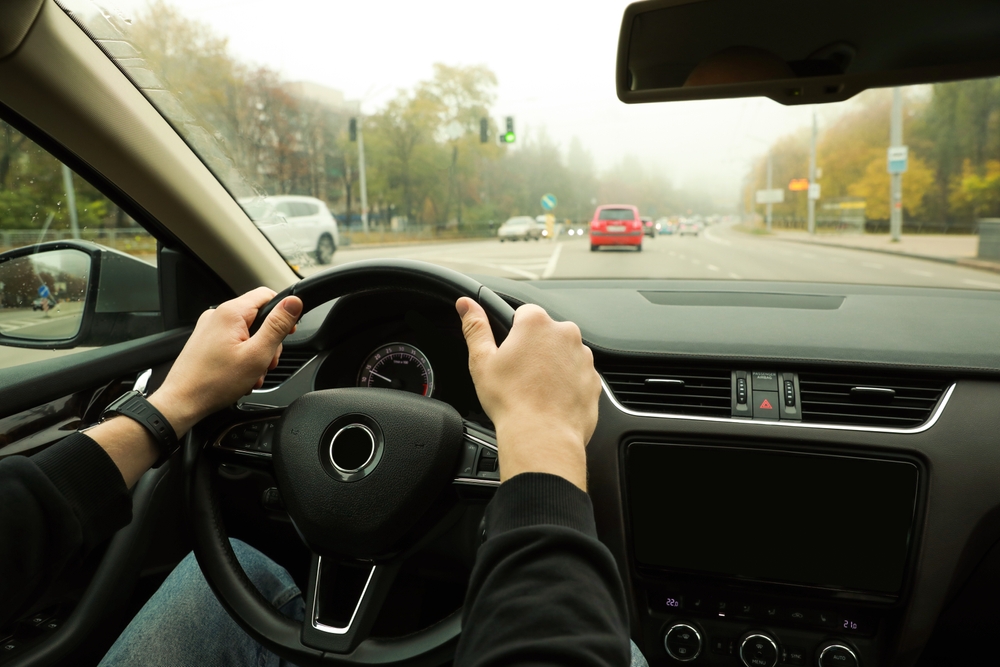
Keeping a safe distance from the vehicle in front of you allows ample time to react to sudden stops or changes in traffic. The recommended following distance is at least three seconds, but this should be increased in poor weather conditions. This space cushion helps prevent rear-end collisions and provides a buffer in case of emergencies.
Use Turn Signals
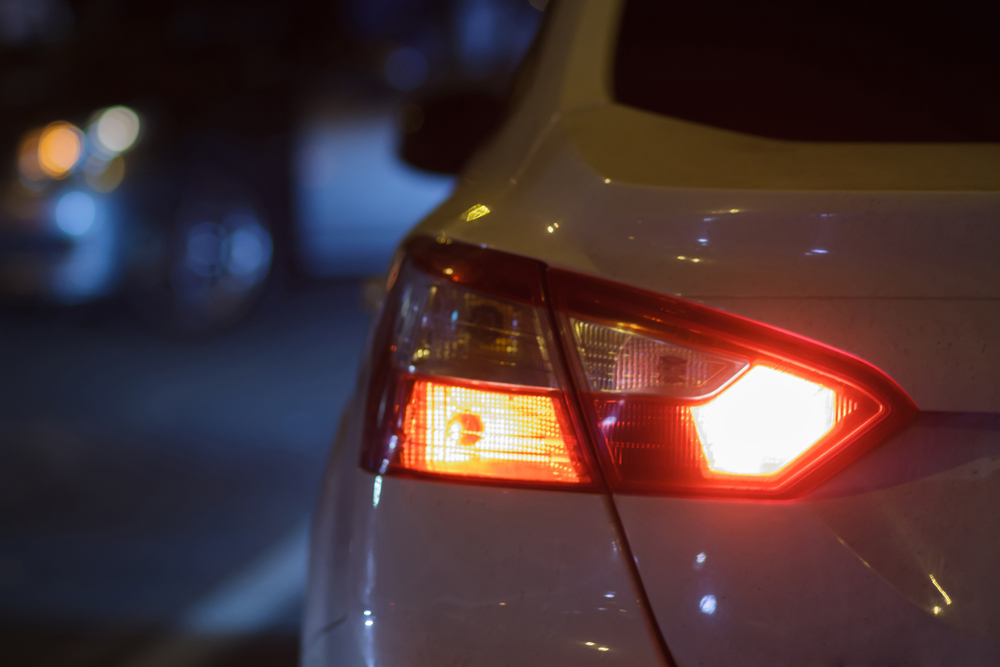
Turn signals are essential for communicating your intentions to other drivers. Signaling well in advance helps prevent accidents by giving others time to adjust their speed and position. This simple action can significantly reduce the risk of collisions during lane changes, turns, and merges.
Check Blind Spots
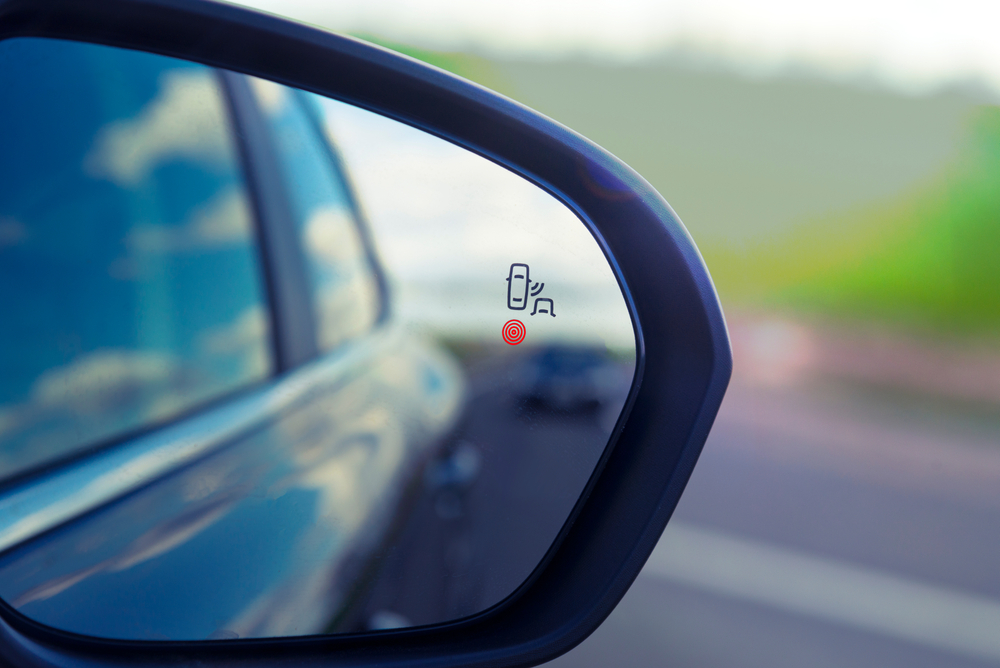
Blind spots can hide vehicles, cyclists, and pedestrians from view, leading to accidents during lane changes or merges. Always check your blind spots by looking over your shoulder and using your mirrors before making any moves. This habit ensures you’re aware of your surroundings and can change lanes safely.
Regular Vehicle Maintenance
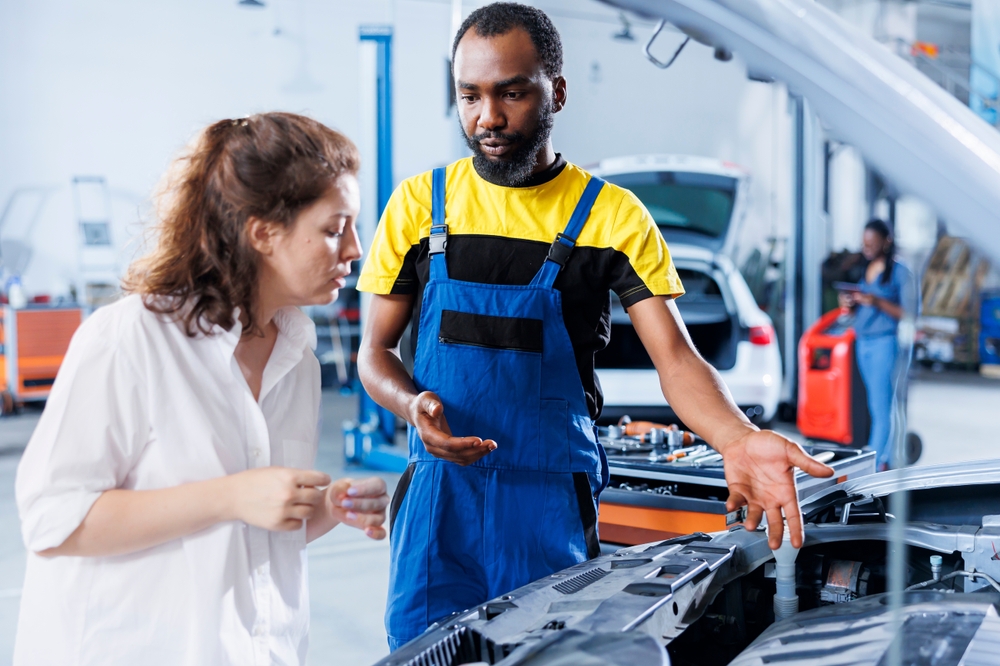
Regular maintenance keeps your vehicle in optimal condition, reducing the likelihood of mechanical failures. Check-ups should include brakes, tires, lights, and fluid levels. Well-maintained vehicles perform better, are more reliable, and help ensure your safety and that of others on the road.
Stay Sober
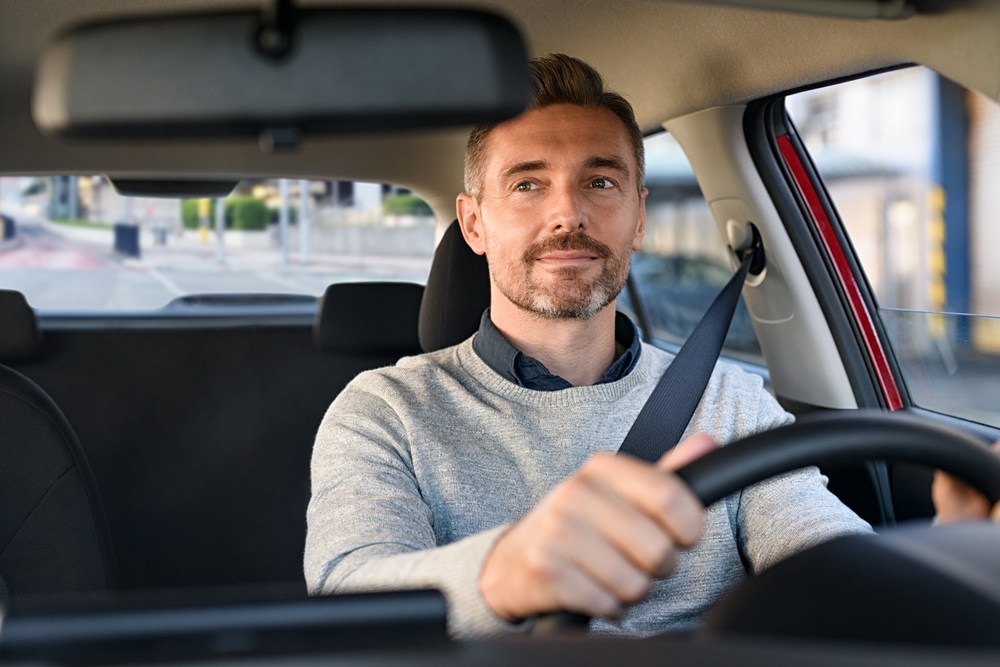
Driving under the influence of alcohol or drugs impairs your judgment, reaction time, and coordination. It’s illegal and dangerous, significantly increasing the risk of accidents. Always stay sober when driving and plan for alternative transportation if you intend to drink or use substances that could impair your driving.
Adjust for Weather Conditions
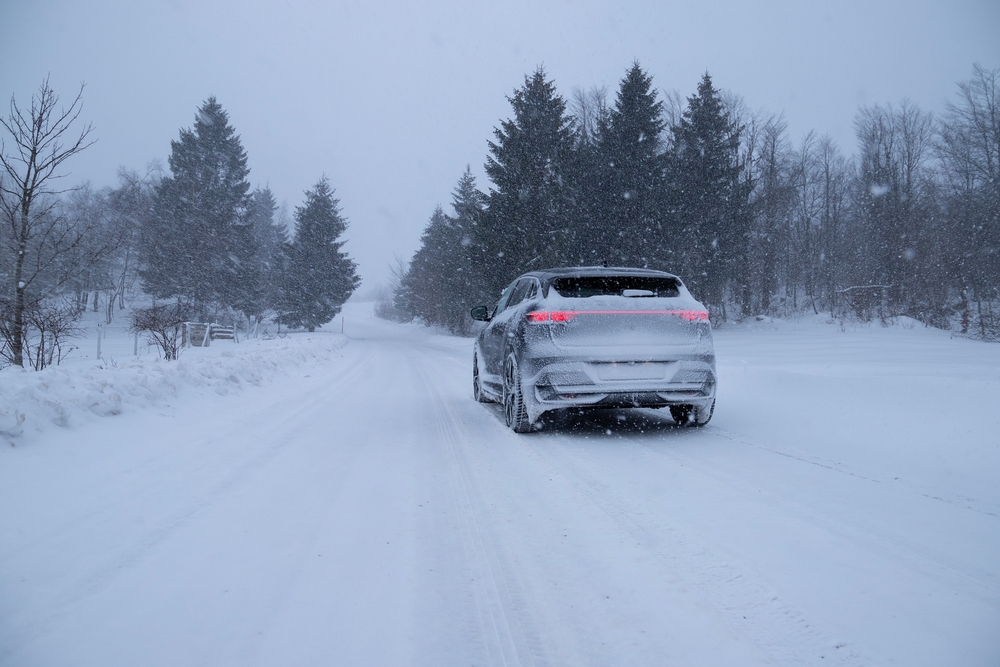
Adverse weather conditions like rain, snow, and fog reduce visibility and traction, making driving more challenging. Slow down and drive carefully in such conditions. Use your headlights, increase your following distance, and avoid sudden movements to maintain control and reduce the risk of accidents.
Use Headlights Appropriately
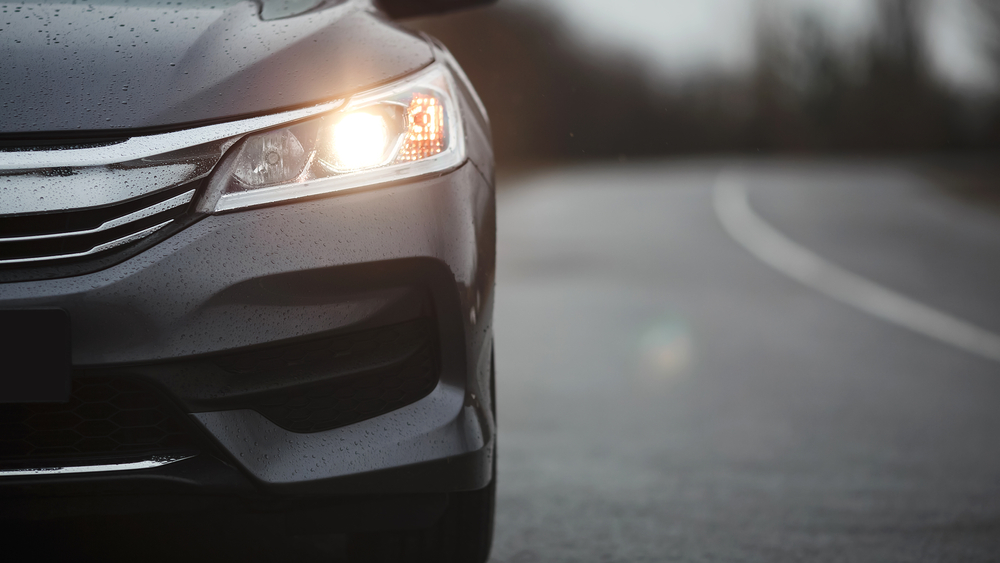
Headlights improve your visibility and help others see you, especially in low-light conditions or bad weather. Always use your headlights at night, in tunnels, and during heavy rain or fog. Proper headlight use enhances safety by making your vehicle more visible to other road users.
Observe Traffic Signals
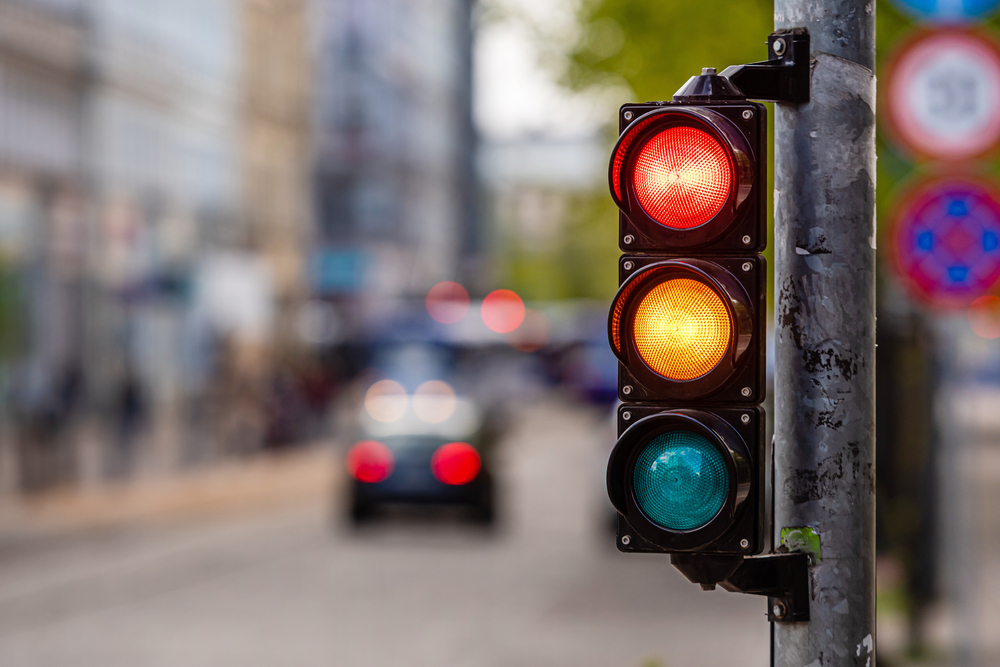
Traffic signals and signs regulate the flow of traffic and help prevent accidents. Always follow traffic lights and signs, and be prepared to stop or yield as required. Observing these signals ensures a smooth and safe driving experience for everyone on the road.
Keep Both Hands on the Wheel
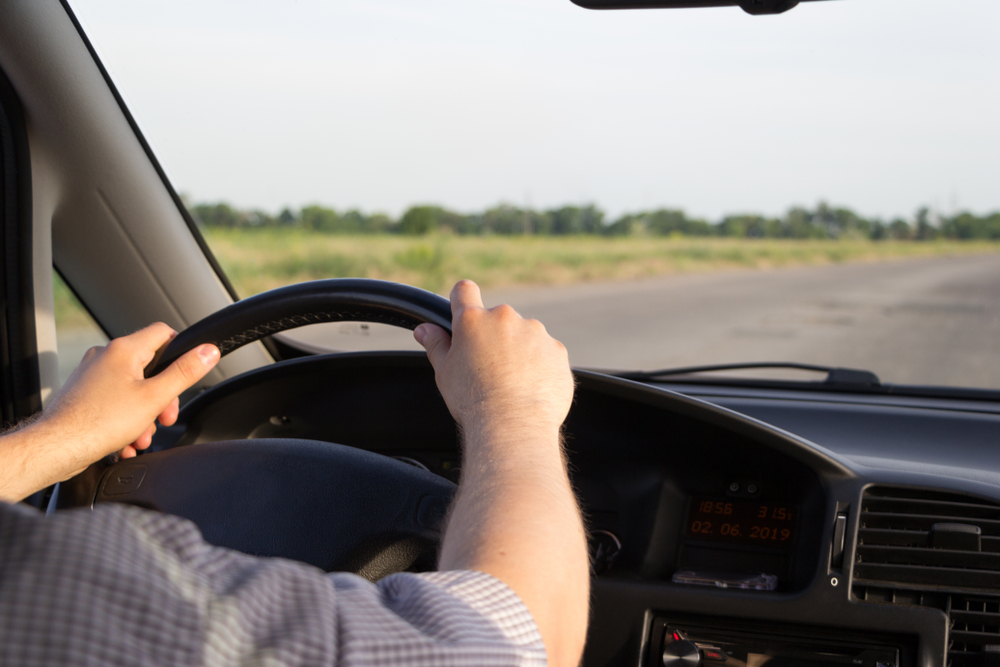
Keeping both hands on the wheel gives you better control over your vehicle and allows for quicker reactions to sudden changes. It helps you steer accurately and maintain stability, especially in emergencies. This habit enhances your ability to respond effectively to unexpected situations.
Stay Calm and Patient

Aggressive driving and road rage increase the risk of accidents and create a dangerous driving environment. Stay calm and patient, even in frustrating situations. Avoid retaliatory actions and give other drivers the benefit of the doubt. A calm demeanor helps you make better decisions and drive more safely.
Know Your Vehicle’s Limits
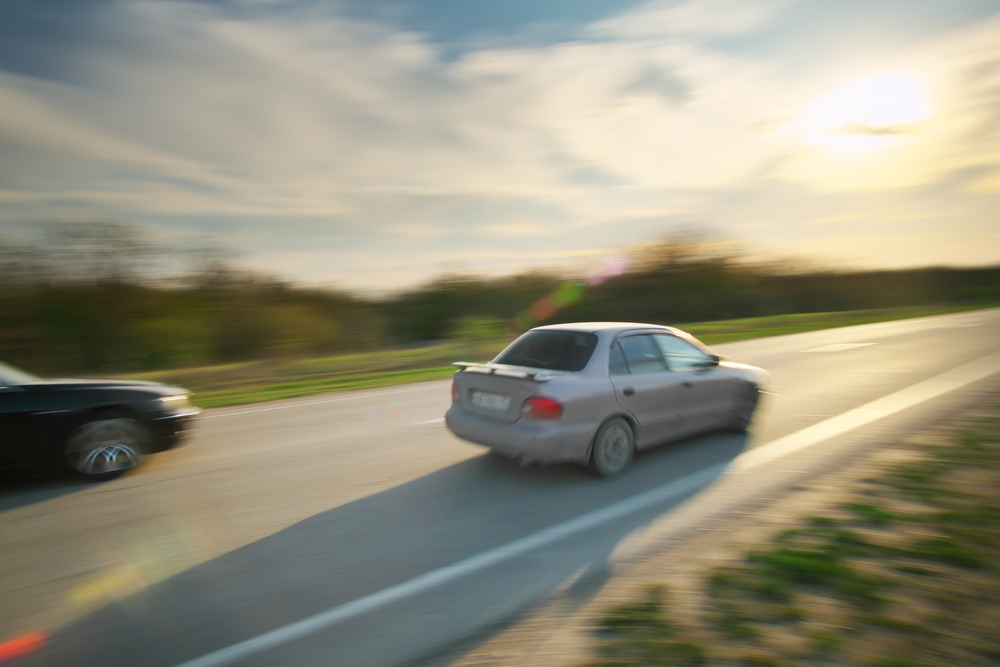
Understanding your vehicle’s capabilities and limits helps you drive safely within its performance range. Be aware of how your car handles, its braking distance, and its acceleration. This knowledge allows you to make informed decisions and avoid pushing your vehicle beyond its safe operating limits.
Use Your Mirrors Effectively
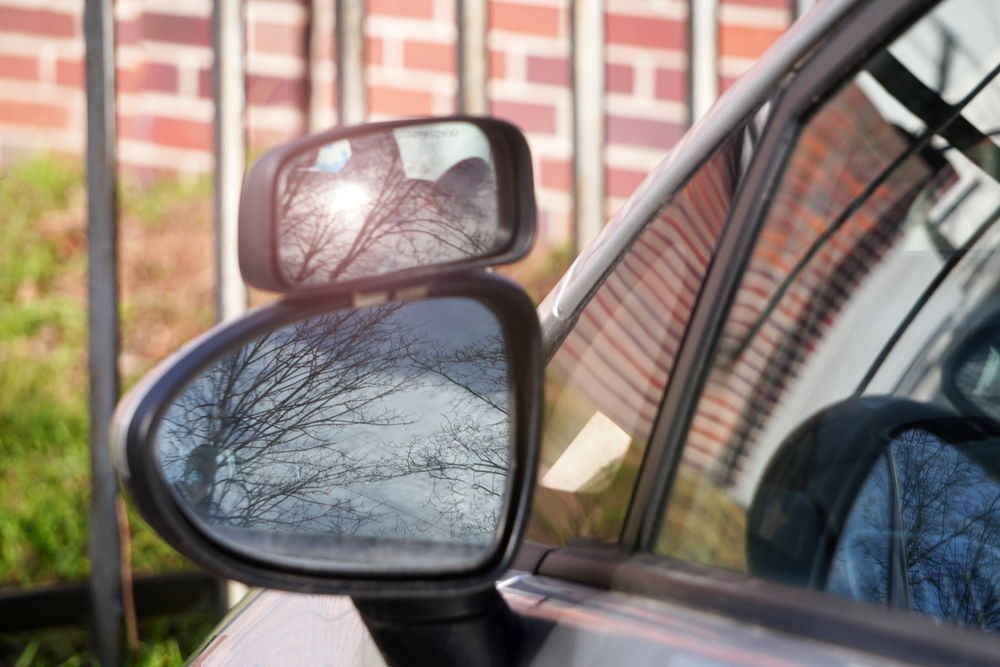
Regularly checking your mirrors helps you stay aware of your surroundings and anticipate potential hazards. Adjust your mirrors properly and use them frequently to monitor traffic behind and beside you. This habit enhances your situational awareness and helps you drive more defensively.
Avoid Tailgating
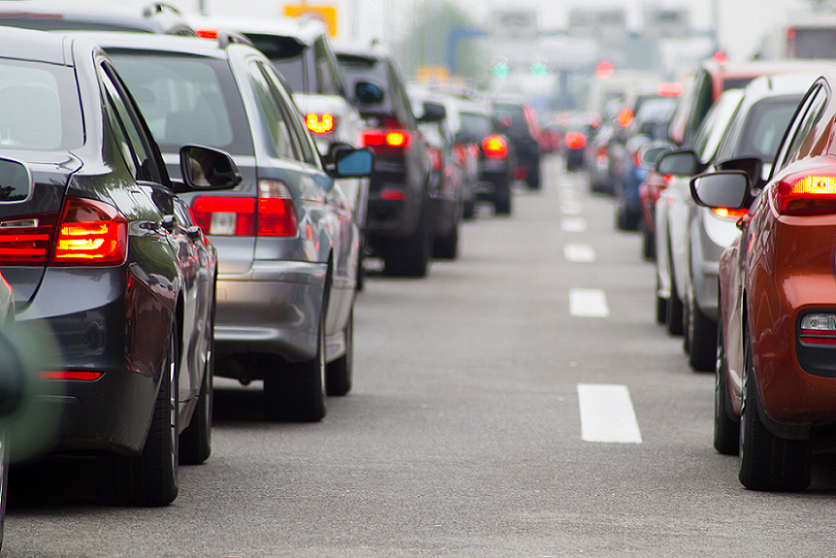
Tailgating reduces your reaction time and increases the risk of rear-end collisions. Maintain a safe following distance to allow enough time to react to sudden stops or changes in traffic. This practice helps prevent accidents and promotes a safer driving environment.
Properly Adjust Your Seat and Mirrors
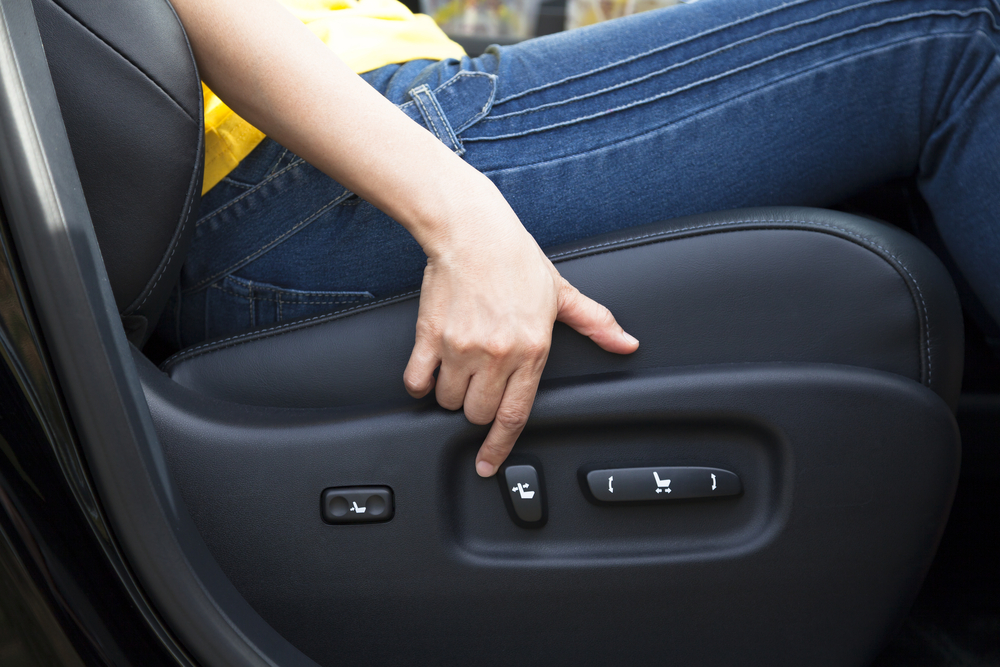
Adjusting your seat and mirrors ensures optimal visibility and comfort. A well-adjusted seat allows you to reach the pedals and controls easily, while properly positioned mirrors minimize blind spots. This setup enhances your control and awareness, contributing to safer driving.
Wear Sunglasses
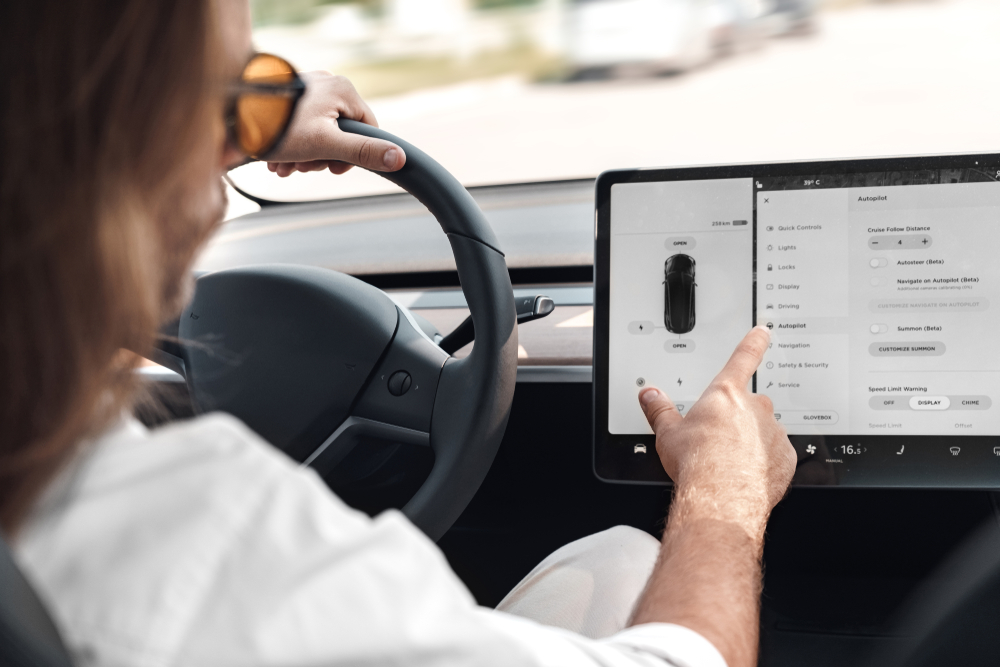
Sunglasses reduce glare and improve visibility during sunny conditions, making it easier to see the road and other vehicles. They also protect your eyes from harmful UV rays. Wearing sunglasses helps you drive more comfortably and safely in bright sunlight.
This article originally appeared in MyCarMakesNoise.
More from MyCarMakesNoise
15 Must-Have Items for Flat Tire Emergencies

Getting a flat tire is never convenient, but having the right tools and supplies in your vehicle can turn a potentially stressful situation into a minor delay. From safety gear to practical tools, this guide will walk you through the essential items you should have on hand. Read More
11 Lightning-Fast Single-Engine Planes You Can Pilot Now

Exploring the skies has never been more exhilarating with the latest advancements in single-engine planes. Combining remarkable speed with cutting-edge technology, these aircraft offer both seasoned pilots and aviation enthusiasts an unparalleled flying experience. Read More
15 Budget-Friendly Camper Van Mods You Can Afford

Transforming your camper van into a cozy, functional home on wheels doesn’t have to cost a fortune. With a few affordable modifications, you can significantly enhance your comfort and convenience on the road. Read More

